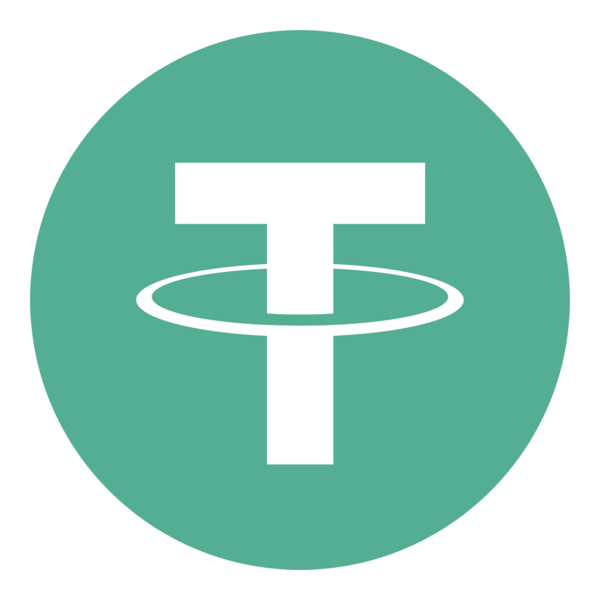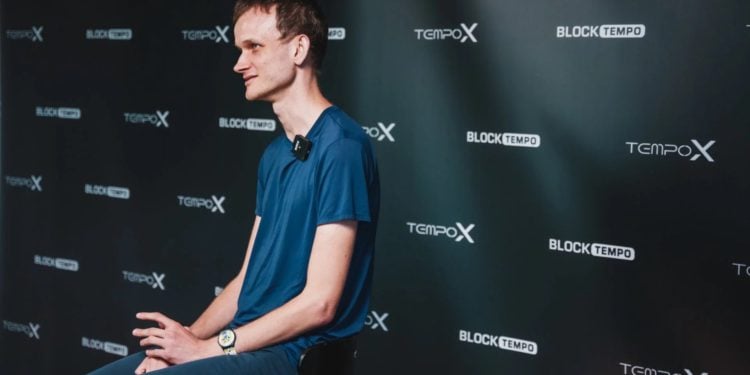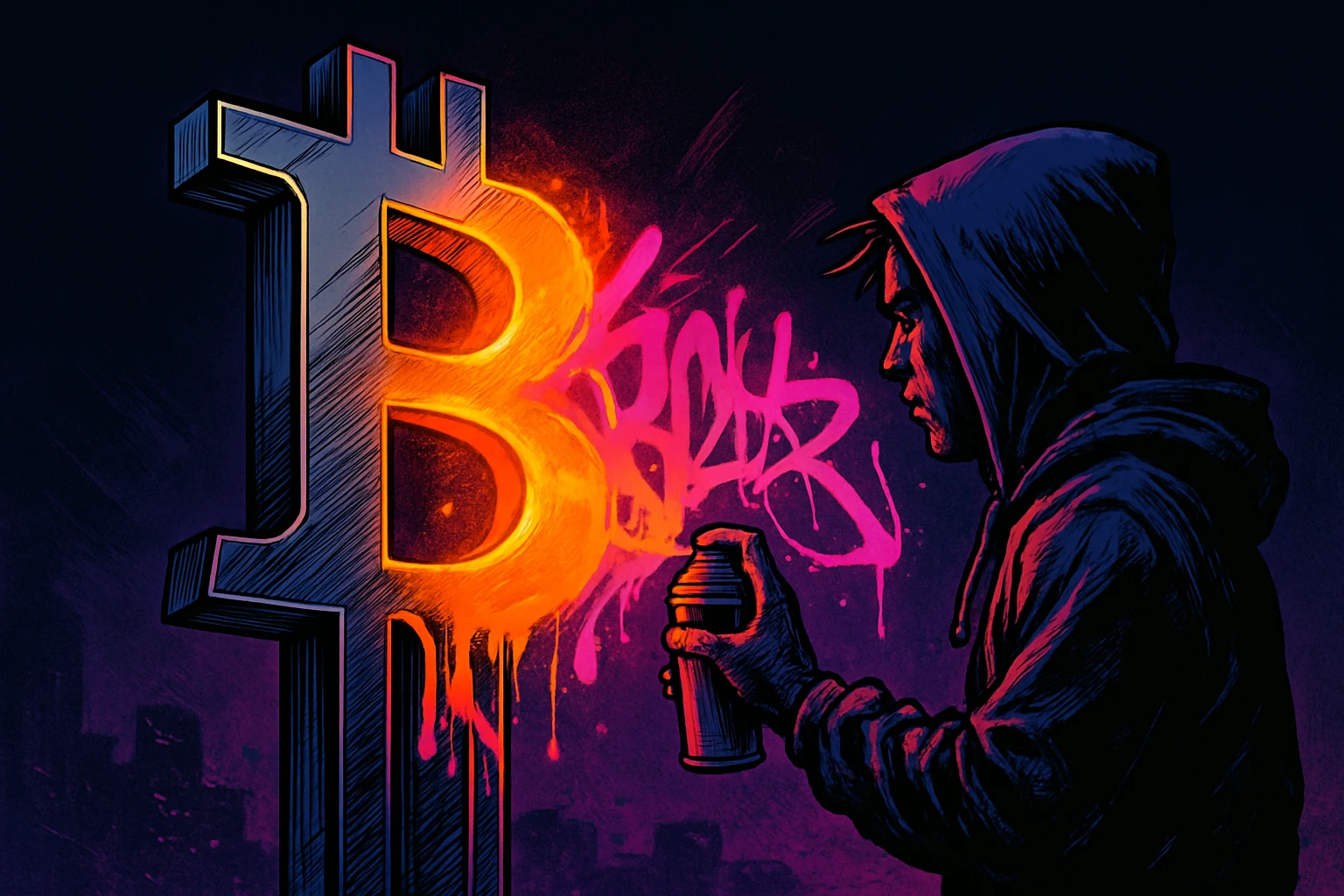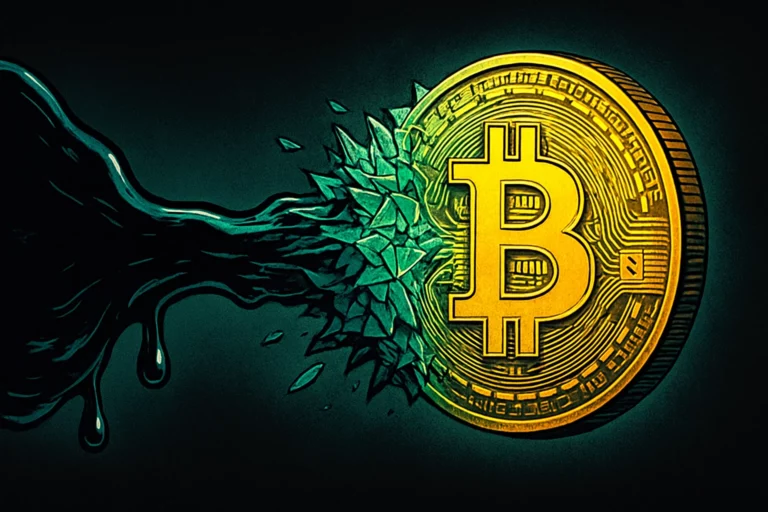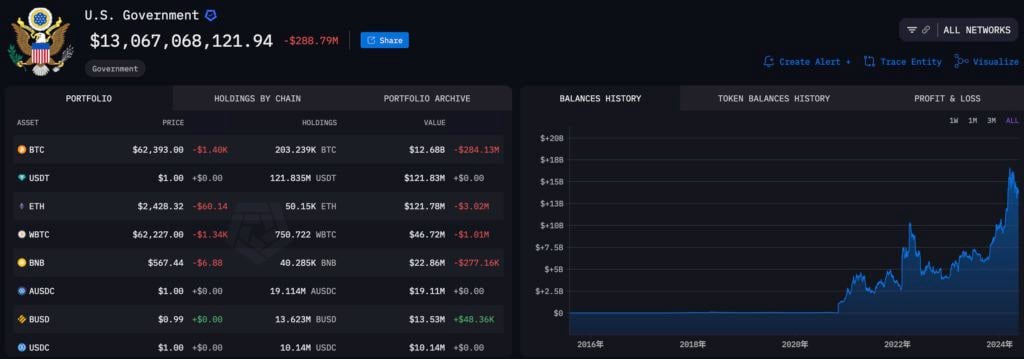The Ethereum Foundation’s dAI team released its 2026 roadmap, targeting decentralized AI agent settlement and coordination infrastructure, with ERC-8004 and x402 dual protocols at its core.
![图片[1]-The Ethereum Foundation’s dAI team has released its 2026 roadmap: Decentralized AI agents will focus on ERC-8004 and x402.-OzABC](https://www.ozabc.com/wp-content/uploads/ethereum-dai-roadmap-2026-ai-agents-800x533.webp)
existWith artificial intelligence rapidly penetrating finance, data, and real-world decision-making, trust and verifiability have become the lifeblood of the new economy. The Ethereum Foundation’s dAI team released its 2026 roadmap today (10) , announcing that Ethereum will serve as the settlement and coordination platform for global decentralized AI agents, with the ERC-8004 and x402 protocols being designated as key pillars.
AI’s control over funds and behavior brings trust gaps to the forefront.
As AI systems begin to automatically transfer funds, process sensitive data, and even drive physical devices, the human need to verify the source, behavior, and consequences amplifies instantly. If these operations rely on closed platforms, a few portals can dominate the entire value chain. Davide Crapis, head of the dAI team, points out that an open, verifiable, and intermediary-free foundational layer is essential to prevent the AI economy from repeating the Web2 monopoly mistakes. The roadmap therefore focuses on “turning Ethereum into a neutral clearinghouse for AI.”
ERC-8004: Let agents carry “passports” to conduct business
ERC-8004, launched in October by the dAI team and Consensys, focuses on two major pain points: “discovery” and “trust.” The protocol consists of three registry entries:
- Identity Registry : Each agent mints an ERC-721 token, equivalent to a machine passport, which can be instantly identified in any on-chain service.
- Reputation Registry : Write x402 payment records and user feedback onto the blockchain, transparently presenting historical performance, allowing the market to evaluate the agent’s performance.
- Verify the registry : Provide cryptographic evidence such as TEE oracles or zkML to ensure that high-value computation results are formally verified.
Since its launch, the protocol has been adopted by over 150 open-source projects, with a developer community exceeding 1,000 people. Gartner estimates that by 2028, a quarter of large enterprises will deploy AI agent teams, demonstrating the immediate need for a standardized trust framework. ERC-8004 transforms trust from a traditional intermediary into a searchable on-chain signal, lowering the entry barrier and amplifying network effects.
x402: Include payment instructions in the HTTP status code
x402, designed by Coinbase, enables AI agents to complete the “request-payment-access” three-step process unattended. The process is as follows: Upon receiving a resource request, the server sends back a “402 Payment Required” message along with payment details; the agent’s wallet instantly completes the on-chain transaction using stablecoins such as USDC, and then resubmits the payment proof request; the server verifies the blockchain record before granting access. Traditional payment gateways, auto-renewals, and API keys are simplified into one-time interactions, supporting pay-per-use pricing, micropayments, and machine-to-machine long-tail business models.
Following the integration of Coinbase and BNB Chain, approximately 932,000 x402 transactions were generated in one week; Token Metrics and Freepik APIs have also been launched. The protocol complements ERC-8004: the former handles payment atomicity, while the latter accumulates behavioral reputation, jointly building a self-verifiable AI business pipeline.
Ethereum is the next step towards a “trustless coordination layer”.
Ethereum’s recent Blob upgrade has reduced data costs by 90%, and DeFi TVL has surged from $83.2 billion to $114.9 billion, demonstrating massive financial computing power. The dAI team hopes to leverage this to allow AI agents to interact freely, sign terms, and settle value, while the network only handles arbitration and recording, without intervening in decision-making. However, challenges remain: public reputation could impact privacy, multi-signature validators face Sybil attacks, and how agents can comply with AML and KYC regulations needs clarification. Devconnect’s Trustless Agents Day on November 21st is expected to focus on these issues.
Looking at the entire 2026 roadmap, ERC-8004 and x402 deliver a powerful combination of “trusted identity + native payment,” laying the foundation for the core order of the decentralized AI agent economy. For the tech and capital markets, this means the next wave of “blockchain × AI” growth has quietly begun, and the real competition will be who can be the first to map their models, funding, and reputation onto the same open chain.




